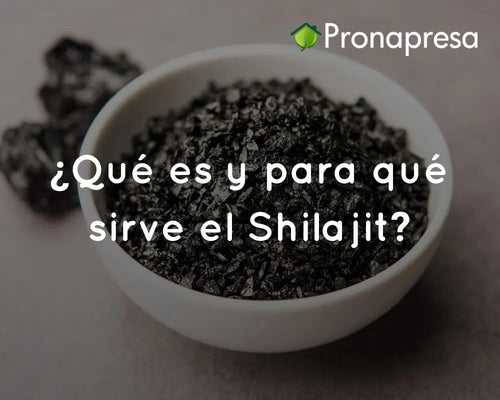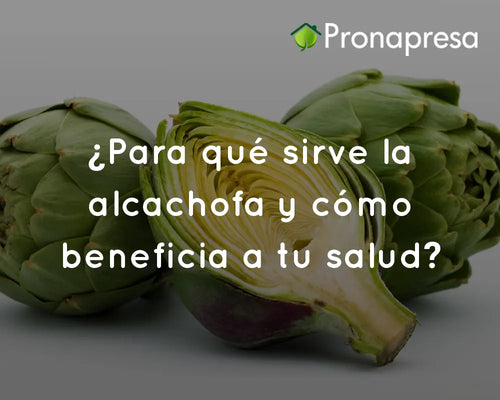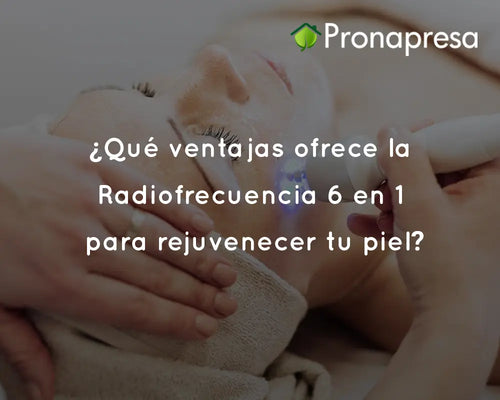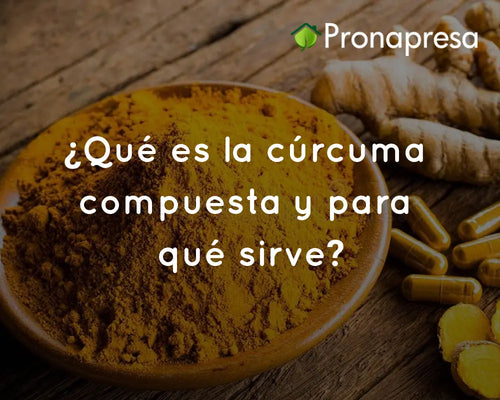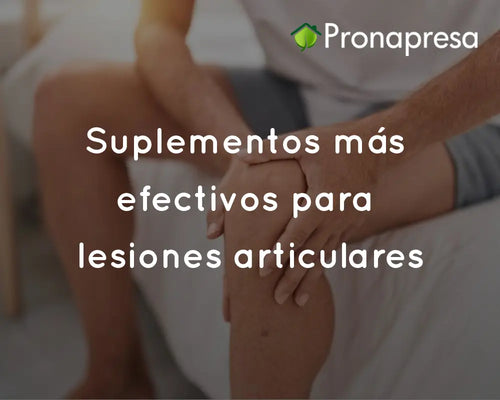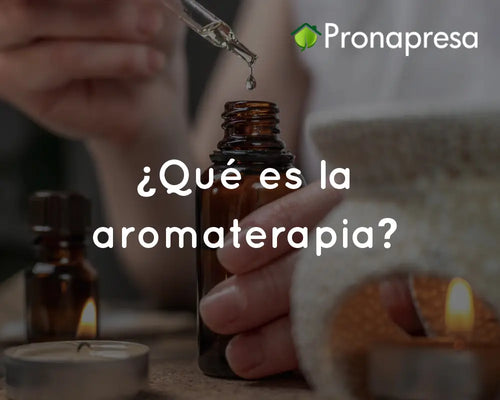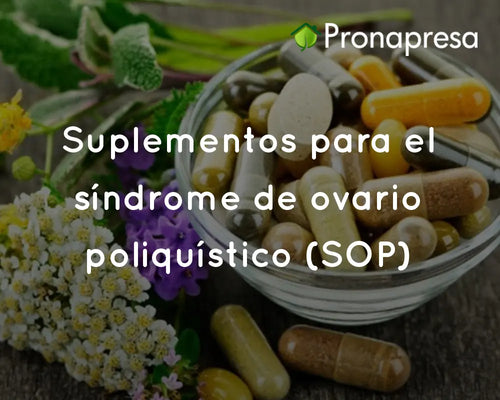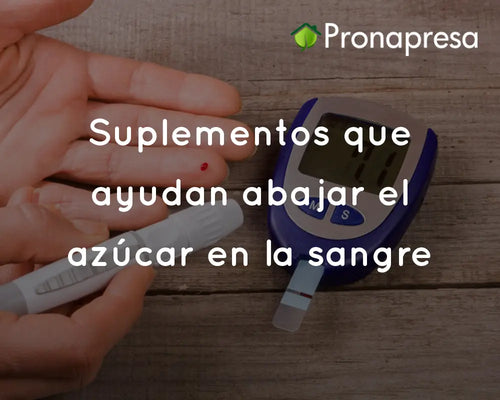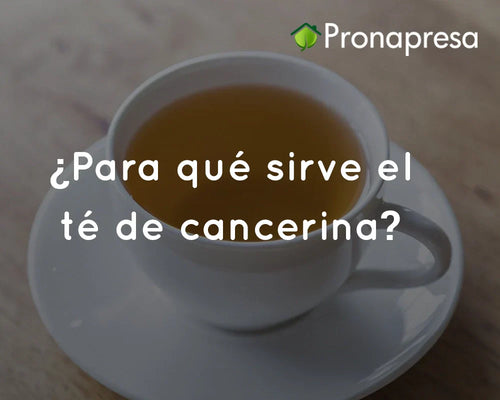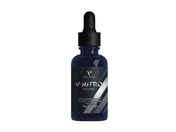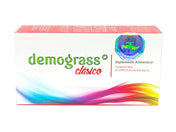
History of aromatherapy
The oldest and most ancient civilizations, such as China, India, Egypt, and Greece, used essential oils to make cosmetics, perfumes, and medicines. Similarly, in Central America, plant and flower essences were used primarily for body baths.
It was in the early Middle Ages that the first way to extract essential oils from plants was discovered. Aromatherapy, as we know it today, took off in the early 20th century with the help of French chemist René-Maurice Gattefossé, who studied the effects of essential oils on many types of illnesses and coined the term aromatherapy. Between 1980 and 1990, the popularity of this technique grew in Western countries, paralleling the rise in interest in complementary and alternative medicine.
What is aromatherapy?
- A technique derived from herbal medicine that uses plant compounds and essential oils extracted from aromatic plants to improve health and mood through inhalation or application of the oils to the skin.
- Since the curative effect of this technique on various diseases for which it has been widely used has not been scientifically proven, it is not considered part of conventional medicine, and therefore falls under complementary therapies or alternative medicine.
What is it used for?
- Cures diseases: Although there is no scientific evidence that it works, some people use this therapy to treat a variety of illnesses, such as arthritis, muscle and joint pain, rheumatism, bronchitis, cramps, colds and flu, cellulite, hangovers, dermatitis, constipation, and poor circulation. According to scientists, aromatherapy's relationship with curing these illnesses is likely limited to a mere "placebo effect."
Supportive treatment
- For example, in the case of cancer, aromatherapy is often indicated as a supportive treatment to relieve cancer symptoms or the side effects caused by aggressive treatments for this disease.
Psychological effects
- Essential oils have supposed psychological effects such as relaxing, balancing, stimulating, antidepressant, aphrodisiac, and mental stimulation.
Essential oils
- Also known as volatile oils, these are the basic components of aromatherapy, made from the fragrances and essences found in many plants. They are produced from special plant cells, usually beneath the surface of leaves or bark, using energy obtained from the sun and the elements of air, earth, and water. When the plant is pressed, it releases its unique essence and fragrance. When these essences are extracted naturally, distilled with steam or water, or in a mechanical press without the need for chemical processes, what are considered true essential oils are obtained.
- The most commonly used essential oils for aromatherapy are Roman chamomile, geranium, lavender, tea tree, lemon, cedarwood, and bergamot. These oils are highly concentrated and volatile, evaporating quickly when exposed to air.
How does aromatherapy work?
- Aromatherapy is based on the sense of smell. Aromas enter through the nose and reach the olfactory mucosa, where the sensory olfactory cells, supporting cells, and basal cells are located. The watery mucus is responsible for transporting the aromas to the cilia, small, mobile appendages of regular length found on cells that transform odors into chemical signals. Aromatic signals are conducted by special receptor cells to the limbic system. (It is made up of parts of the thalamus, hypothalamus, hippocampus, amygdala, corpus callosum, septum and midbrain. The Limbic System interacts very quickly with the endocrine system and the peripheral nervous system.) and to the hypothalamus. Soon, a large part of the odor signal reaches the cerebral cortex and triggers awareness of the perceived odor.
- These perceptions produce different stimuli in the human brain. They can cause relaxing stimuli or even trigger a specific memory, since smells are managed in the Limbic System, the part of the brain where emotions are processed.
How are the treatments applied?
- One of the main methods is to apply essential oils by diluting them in hot water so that the water vapor mixed with the essences is absorbed through the respiratory system. This inhalation can be done directly or indirectly, through ambient diffusion.
- Another option is through the skin, indirectly applying a few drops of one or more essential oils combined with carrier oils as needed. The skin protects against the harmful effects of plant chemicals and simultaneously absorbs the active ingredients. If essential oils come into direct contact with the skin, they can cause reactions such as burns or irritation due to their high concentration.
We recommend the Artizen Aromatherapy Set.
Now that you know about Aromatherapy, share our posts, like our Facebook page, and follow us to stay up-to-date with information like this.
PRONAPRESA
"Because prevention is better than cure"



